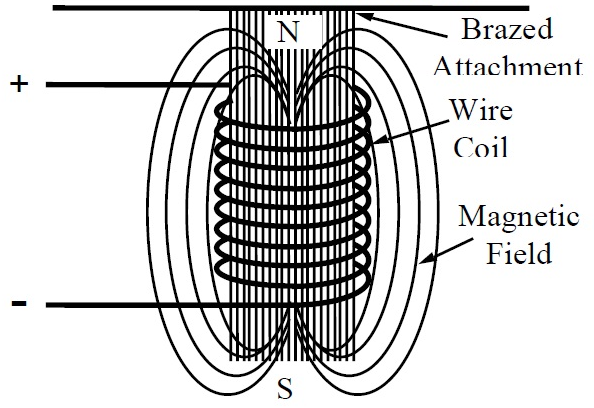We have a new solution for you!
Transducer Technology
A transducer is a special device designed to convert electric signals continuously generated by a generator into ultrasonic wave motions and also to transmit these wave motions into an object to be vibrated. It It has evolved continuously with the advent of new materials.
There are two different types of transducers: magnetostrictive and piezoelectric. Since each has its own pros and cons over the other, the pendulum has swung back and forth between them through time according to market demand, favor, development of advanced materials, and evolving technology.
A transducer is a special device designed to convert electric signals continuously generated by a generator into ultrasonic wave motions and also to transmit these wave motions into an object to be vibrated. It It has evolved continuously with the advent of new materials.
There are two different types of transducers: magnetostrictive and piezoelectric. Since each has its own pros and cons over the other, the pendulum has swung back and forth between them through time according to market demand, favor, development of advanced materials, and evolving technology.
 Magnetostrictive transducers consist of a large number of magnetostrictive plates arranged in parallel. These magentostrictive materials are surrounded by a coil of wire. Unlike the piezoelectric transducers converting electrical energy into mechanical energy by utilizing the piezoelectric material, the magnetostrictive transducers convert the energy in a magnetic field into mechanical energy by utilizing the magnetostrictive property of magnetostrictive materials. The magnetic field is generated whenever a flow of electrical current is supplied through a coil of wire surrounding the magnetostrictive material.
Magnetostrictive transducers consist of a large number of magnetostrictive plates arranged in parallel. These magentostrictive materials are surrounded by a coil of wire. Unlike the piezoelectric transducers converting electrical energy into mechanical energy by utilizing the piezoelectric material, the magnetostrictive transducers convert the energy in a magnetic field into mechanical energy by utilizing the magnetostrictive property of magnetostrictive materials. The magnetic field is generated whenever a flow of electrical current is supplied through a coil of wire surrounding the magnetostrictive material. This magnetic field renders the magnetostrictive material to contract or elongate, creating and forcing a ultrasonic sound wave directly to propagate into the fluid through the solid object to be vibrated.
When compared to the piezoelectric transducer, the magnetostrictive transducer has several practical advantages. It is suitable for relatively large volumetric and long structured objects, such as pipes and tubes, and has relatively long life time. Another advantage is its relatively short inspection time when used as a tester.
It is believed that the piezoelectric transducer is not favorable for such massive systems that require relatively high power and amplitude. The magnetostrictive transducer is also more reliable and safer under high temperature conditions than a piezoelectric transducer. As a result, the magnetostrictive transducer was chosen for the system of the Morko USP.
The magnetostrictive transducer, due to its physical size limitation, is inherently limited to operate at relatively low frequencies (up to 30 kHz). As frequency plays a key role in determining the diameter of the cavitation event, frequencies give rise to larger diameter cavitations while higher frequencies cause numerous small diameter cavitations. The energy per cavitation increases with its diameter. Therefore, in the application requiring high ultrasonic energy, such as prevention and removal of scales in the large mass of solid pipe, the magnetostrictive transducer should be chosen.
The transducer of the Morko USP utilizes Fe-Co-V alloy as its magnetostrictive material, which is believed to be superior to the conventional Ni strip. The Morko USP system has been very successful in its application to remove and prevent scales from being deposited within various industrial facilities.
